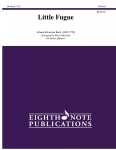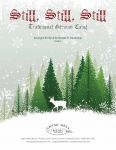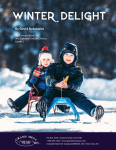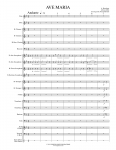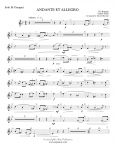Charles Dickens certainly would have known the three carols in A CHARLES DICKENS CHRISTMAS. They were among the best-known and best-loved carols of the Victorian Era, and were a staple of the repertoire of roving waits, or carollers, that appear in his novels. Today this music is as familiar as Santa Claus and Tiny Tim.
THE FIRST NOWELL was first collected in Christmas Carols, Ancient and Modern by William Sandys in 1833. It is most probably 200 years older than that. The Oxford Book of Carols contains nine verses, which makes it an ideal processional for Christmas or Epiphany (the feast commemorating the coming of the Magi).
COVENTRY CAROL, or "Lully, Lullay," comes from the medieval tradition of mystery and miracle plays. In 1534 the Pageant of the Shearman and Tailors Guild included a scene in which the mothers of Jewish children sang this haunting lullaby after hearing the horrifying order: "Herod the king, In his raging, All young children to slay." The music is anonymous; the text believed to be by Robert Croo.
ANGELS WE HAVE HEARD ON HIGH is probably of French origin, but the English long ago adopted it as their own. Besides the French text, "Les Anges dans nos compagnes," it is known in several versions and by several titles, including "Angels from the Realms of Glory," "When the Crimson Sun Had Set," and "Westminster Carol." It belongs to a category known as macaronic carols, which mix vernacular verses with Latin refrains - in this instance, "Gloria in Excelsis Deo" (Glory be to God on High).
William Ryden

